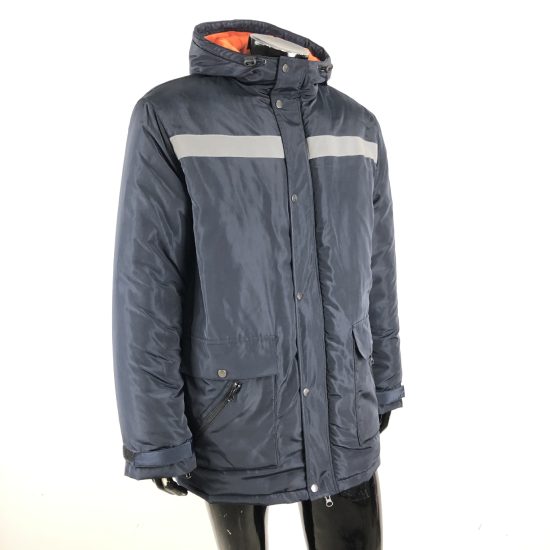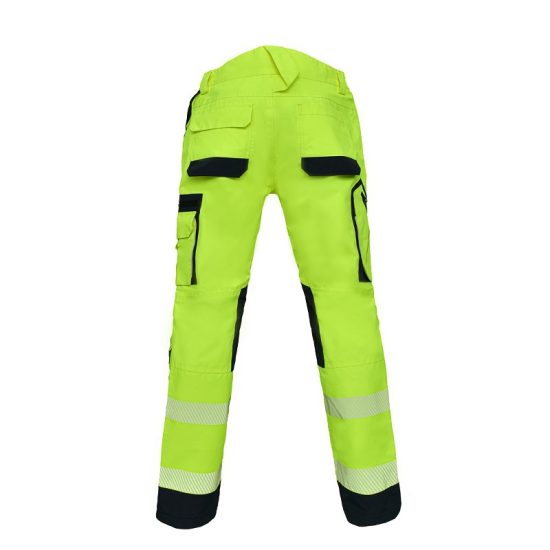Cold weather safety wear is essential for individuals working or participating in outdoor activities during low-temperature conditions. Proper protection from the cold can prevent frostbite, hypothermia, and other cold-related injuries. Here are some cold weather safety wear essentials:
- Insulated Outerwear:
- Winter Jacket: Choose a high-quality insulated winter jacket that is windproof, waterproof, and breathable. Look for one with thermal insulation to keep you warm in cold conditions.
- Overalls or Snow Pants: For additional protection against cold and wet conditions, consider insulated overalls or snow pants to keep your lower body warm and dry.
- Windproof and Waterproof Shell: A windproof and waterproof shell layer can be worn over your insulation layer to provide protection against rain, snow, and wind.
- Layered Clothing:
- Base Layer: Start with a moisture-wicking base layer to keep sweat away from your skin. Thermal or moisture-wicking materials like merino wool or synthetic fabrics are ideal.
- Insulating Layer: An insulating layer traps heat to keep you warm. Options include fleece jackets, down or synthetic insulated vests, or thermal tops.
- Mid-Layer: Depending on the severity of cold, add a mid-layer like a fleece or softshell jacket for extra insulation.
- Cold Weather Accessories:
- Winter Hat: A warm, insulated hat that covers your ears is crucial to prevent heat loss from the head.
- Gloves or Mittens: Insulated, waterproof gloves or mittens protect your hands from the cold and prevent frostbite.
- Scarf or Neck Gaiter: A scarf or neck gaiter can help keep your neck and face warm, preventing exposure to cold winds.
- Face Mask or Balaclava: In extremely cold conditions, a face mask or balaclava can protect your face from frostbite and windburn.
- Footwear:
- Insulated Boots: Invest in insulated, waterproof boots with good traction to keep your feet warm and dry. Ensure they are appropriate for the specific cold weather activity you’re engaged in.
- Warm Socks: Choose moisture-wicking and insulated socks to keep your feet warm and prevent moisture buildup, which can lead to frostbite.
- Eye Protection:
- Sunglasses: Sunglasses with UV protection and polarized lenses can protect your eyes from harsh winter sunlight and glare, which can be harmful to your eyes in snowy conditions.
- Safety Goggles: In extremely cold and windy conditions, safety goggles can protect your eyes from wind chill and flying ice particles.
- Safety Gear:
- High-Visibility Clothing: For those working in traffic or low-light conditions, high-visibility clothing is crucial to ensure visibility to others.
- Safety Vest: A high-visibility safety vest can be worn over your cold weather gear to make you more visible and safe in outdoor work environments.
- Chemical Warmers: Consider carrying disposable chemical warmers that can be placed in your gloves, boots, or pockets for extra warmth during extreme cold.
- Backpack or Bag: Carrying a backpack or bag to store extra clothing layers, food, water, and emergency supplies is essential, especially if you’re in remote or challenging winter conditions.
Remember that staying warm and safe in cold weather involves proper layering, moisture management, and selecting clothing and gear appropriate for the specific conditions you’ll be facing. Always pay attention to weather forecasts and be prepared for sudden changes in temperature or weather conditions.


